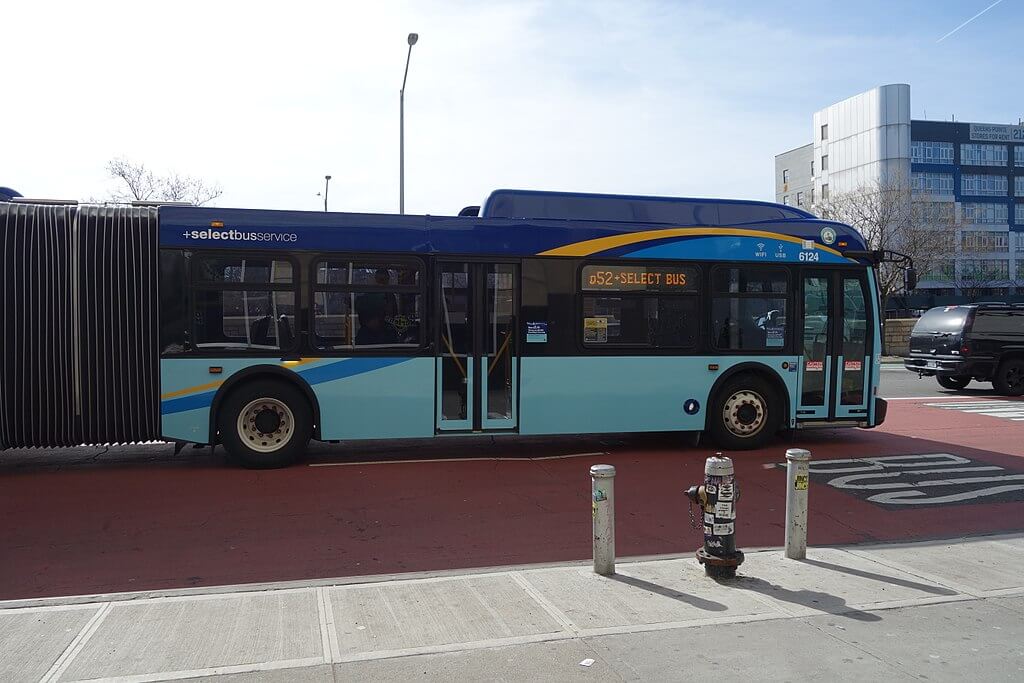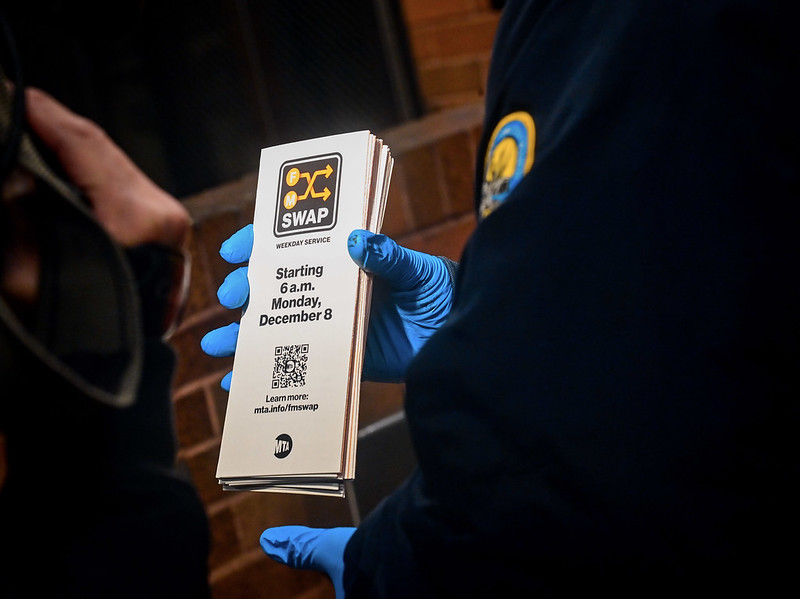In a city with bus service in apparent decline, one Queens route is shining above the rest, earning an A on its report card from a transit advocacy group.
The Q52, the Rockaways-to-Elmhurst route which was converted into a Select Bus Service line in 2016 and 2017, was said to provide the quickest and most reliable service to riders after the implementation of bus lanes and all-door boarding along Woodhaven and Cross Bay boulevards.
The Transit Center, which compiled the report card, said the ridership has declined 17 percent between 2009 and 2018, with a 4.7 percent in decline in 2018 alone, but that fewer bus routes received failing grades since the MTA began making widespread changes.
“We have been very focused on improving our bus service around the city, and we thank the Bus Turnaround Coalition for that recognition,” said Max Young, chief external affairs officer for the MTA. “Despite the progress we’ve made, we have an enormous amount of work to do on this issue, in order to improve speeds and reliability to help riders get around the city. In order to achieve this goal we need congestion pricing to pass, in order to reduce traffic on the streets and provide additional technological and infrastructure improvements.”
The Transit Center’s report card is released every year. This time, as a transportation coalition and Councilman Mark Levine presented the results on the steps of City Hall on March 6, it showed 30 fewer bus routes received a failing grade over the year before.
Councilman Barry Grodenchik represents a transit desert and has been vocal on expanding and improving bus options.
“I represent the only City Council district with no train service, so buses are absolutely critical,” Grodenchik said. “Faster, more frequent, more reliable bus service would make a tremendous difference in the quality of life of so many residents of eastern Queens.”
But Levine warned that bus riders are not out of the woods yet, even with the widespread improvements.
“Unlike the subway system, major pieces of bus infrastructure are controlled by the city,” Levine said. “That’s why I have been fighting for the city to drastically increase the pace of transit signal priority (TSP) technology for the past two years — a fight we recently won as the mayor announced DOT would be implementing TSP in 300 intersections a year for the next five years. But as this report card makes clear, we still have more to do.”
The Q52 route was subject to improvements in 2016 as the city Department of Transportation began seeking feedback on the implementing bus lanes, eliminating passenger car turn lanes and even set a bus stop at Jamaica Avenue in the median.
Protests ensued and the changes were made regardless, but studies from DOT show that a year after the changes to the 11-mile route, commute times are down by about 9 to 10 percent and about 80 percent of people prefer the new service to the old.
The Transit Center measured bus speed, which averages about 6 miles an hour, and “bunching,” a term for when buses are delayed and then multiple come at once. Bunching has shown to have been greatly reduced by the use of bus lanes.


































